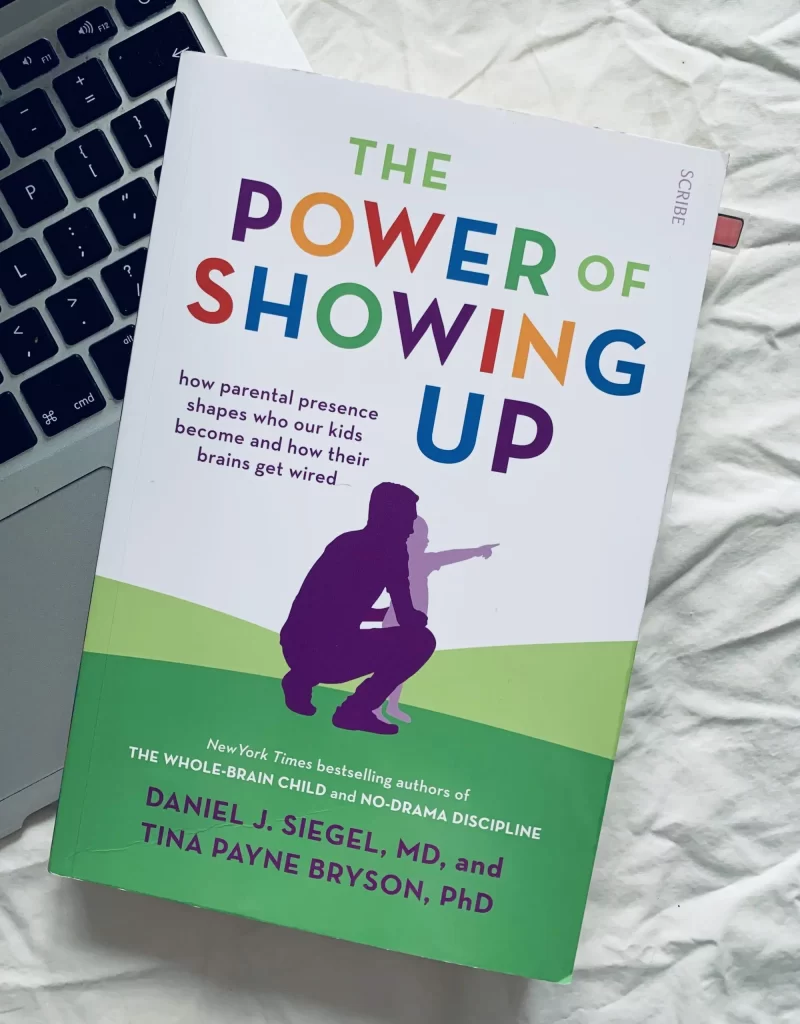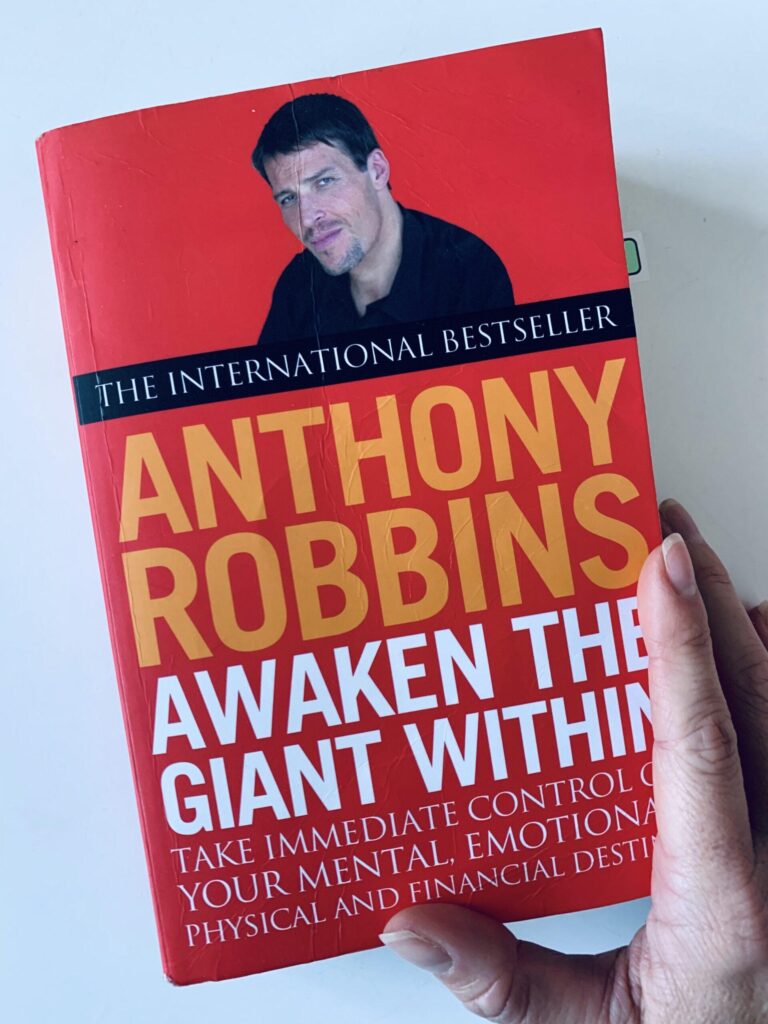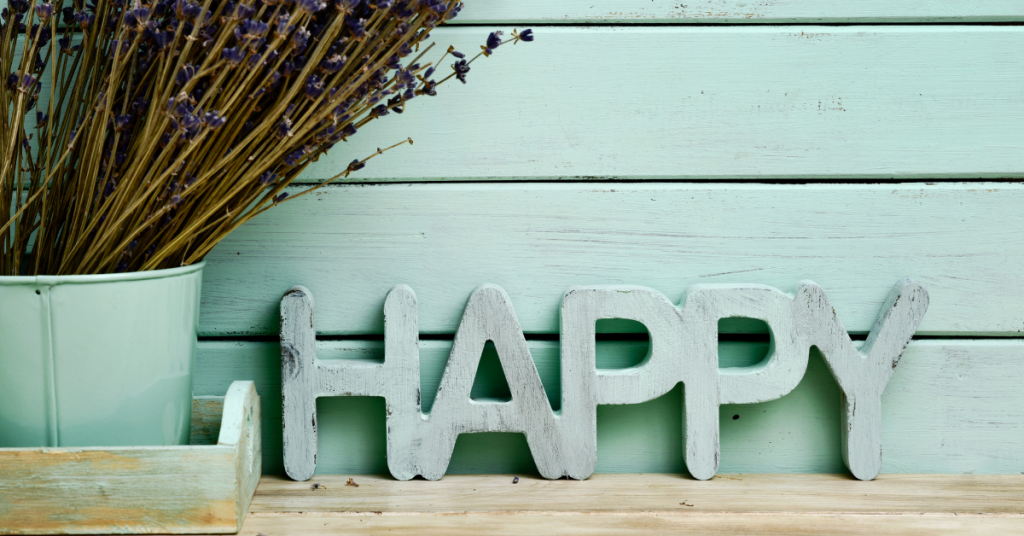In my quest to prioritise play this year, I decided it was time to get better at roughhousing with my kids. Now, I’m pretty good at crafts, board games, and watching my children enjoying their free play – but the mere thought of engaging in a friendly wrestling match with my children left me feeling somewhat anxious.
You might wonder, why on earth would I want to wrestle with my kids?
Well, in a previous article, I touched upon the significance of rough and tumble play for children. In short, it serves as a means for them to test their physical and social skills, have fun, and learn how to channel and manage their inherent aggression.
But here’s the kicker: Experts suggest that roughhousing is one of the best ways for parents to bond with their children. And it turns out it’s a great parenting tool to help kids deal with their angry, sad, scary, or lonely feelings, boost their confidence, and make them feel like they’ve got some serious power.
Now, I must admit, I’m a big fan of the renowned Canadian psychologist and the author of 12 Rules For Life, Jordan Peterson. In his engaging discussions, he frequently champions the idea that fathers should actively participate in rough and tumble play with their children, emphasising that it’s essential for raising self-confident and resilient kids.
In Playful Parenting, Larry Cohen, a luminary in the realm of play therapy, takes this idea further and elaborates on why parents should fully embrace the art of roughhousing with their kids:
“Boys and girls – rambunctious children and quite ones – all benefit from thoughtful physical play with adults. The active ones, who are going to be in the thick of the rough and tumble in school and on the playground, need a chance to do it first with someone who can give them undivided attention, help them deal with their fears, hesitation, impulses, anger, etc. That’s our job, because we won’t call them names if they cry or if they give up, and we will stop for a rest when the child needs one. Other children are not going to hold back very much, and they certainly are not going to encourage expression of feelings. Meanwhile, children who are less physically active need roughhousing with adults so they can explore their physical power and develop their confidence and assertiveness.”
While Jordan Peterson advocates for dads to engage in regular roughhousing with their children, Larry Cohen emphasises that this activity is by no means exclusive to dads – mums can be wrestlers too.
So, here I am, ready to dive in.
How to Get Started – 10 Rules of Wrestling
To wrestle your child, you don’t need to transform into some wrestling superstar like Steve Austin, and you certainly don’t need an arena-sized wrestling ring.
All you need is yourself, your child, and a reasonably safe space.
When it comes to wrestling with kids, the possibilities are as vast as the universe. A classic wrestling match where you both try to pin each other to the ground. They try to knock you down. You hold them, and they try to get away. Or you hold onto a toy, and they’ve got to wrest it away from your grip. Whatever works for you at a particular moment.
The primary goal? Have fun, connect, and let them feel competent and powerful.
Now let’s dive into the ten rules of wrestling with children from Larry Cohen’s book Playful Parenting, which I personally found tremendously helpful:
1. Provide basic safety.
Set some ground rules to make sure nobody gets hurt – not physically, not emotionally. No kicking, biting, hitting, or locking anyone in a headlock. Keep the teasing and humiliation at bay. And make a pact to stop in a heartbeat if anyone utters the “stop” word.
2. Find every opportunity for connection
Infuse as much connection as possible into the interaction. Include cuddle breaks, maintain frequent eye contact, and sprinkle in jokes and giggles.
3. Look for every opportunity to increase their confidence and sense of power
Be both a coach and a sparring partner, aiming to encourage and challenge your child. The overarching message is, “Your power is welcome here. There is a place for you to be strong and connected, without hurting anyone.”
4. Use every opportunity to play through old hurts
If you notice that your child faced a challenging situation earlier in the day and might be upset about it, consider replaying it through wrestling, with you playing the “bad guy,” of course. The goal? Let them work through those emotions in play, with them taking the reins.
5. Provide just the right level of resistance to the child’s needs
The essence of playful wrestling is letting your child use their inner strength fully. They need to feel powerful, yet they require just enough resistance from you. How do you know how much resistance is enough? As Larry puts it, “If that game makes them giggle, you know you are on the right track.”
6. Pay close attention
Approach wrestling with mindfulness. Focus more on the connection, building your child’s confidence, working through issues, or finding that sweet spot of resistance. If you sense rising anger, whether from you or your child, call for a timeout and cool off. Sometimes, roughhousing can open doors to deeper emotions that need metabolising. A good wrestling session should have you both giggling, sweating, straining, and exerting yourselves.
7. (Usually) let the child win
As a general rule, let your child win at the end of a wrestling match. Winning does wonders for their confidence and sense of control. Some children may need more resistance from you, so you can start by letting them win and gradually up the challenge.
8. Stop when someone is hurt
If someone gets hurt, stop immediately, even if the child seems to want to continue. In this case, it’s always good to take a break and return to wrestling with a toned-down approach.
9. No tickling allowed
That’s an important one. Tickling can be fun, sure, but it can also make kids feel like things are getting out of control. Although, if they insist, you can let them tickle you.
10. Keep your own feelings from getting in the way
Many adults get immediate negative reactions to the very idea of wrestling, either because they never enjoyed it as a child or because they’ve witnessed adults doing it with unresolved baggage like anger, competition, power struggles, or feelings of helplessness. When you’re diving into playful wrestling with your child, be prepared to confront some of your own past emotions. You might feel the urge to tease, tickle, or take charge, mirroring what happened to you as a child. Always check your emotional state before engaging in roughhousing. Larry wisely advises: “Leave the competition and ferocity at the door. Don’t wrestle if you are mad or frustrated.”
Stay mindful, and remember that the primary goal of wrestling is to reconnect with your child and help them feel more powerful.
The Secret Sauce
Although we have to be serious about paying attention to the child’s needs and feelings, we should remember that wrestling, at its core, is good old-fashioned playtime. And if you want to become your child’s ultimate play buddy, here’s the golden rule that’ll transform you into a superhero in their eyes – be silly. There’s nothing quite like an adult who can tap into their inner clown to get kids rolling on the floor with laughter.
And here’s the extra sprinkle of magic – kids absolutely LOVE a little bit of theatrical bragging. So, after they’ve totally outmanoeuvred you, don’t hold back. Go all in into a performance of exaggerated shock and dismay, as if you’ve just witnessed an alien spacecraft touchdown in your backyard.
“What?! I can’t believe you slipped through my fingers! You’re like a ninja, a slippery, sneaky ninja. There’s no way you can trick me like this again!”
Try it. I promise you’ll be met with an eruption of giggles that’ll light up the room.
How I Mastered Roughhousing with My Kids
My first wrestling match started as a simple game. My older son came home from school all grumpy with that classic “I don’t want to go to school” attitude. I had a hunch it was because he was anxious about an upcoming sports day.
So, I sat down beside him and said, “Looks like you had a tough day, huh? Me too. But you know what? I’ve got this super cool game I think you’d love. Wanna play with me?”
Well, that got his attention, of course.
“Okay, what’s this game?” he asked, his curiosity piqued.
“It’s called ‘Socks,'” I said with a grin.
“Socks?!” His cheeky smile said it all.
“Yep, socks. Here’s how it goes: We sit on the carpet, and when I count to three, you try to take off my socks while keeping yours on. Oh, and no tickling allowed.”
Within seconds, he was on the floor, pulling his socks up to his ears.
I put on my playful face. I knew he needed a confidence boost right then, so I let him win. Max was in fits of laughter, begging for another round. Another win. He even complained it was too easy (all while laughing, of course). So, in the next match, I upped the challenge and won. He came up with a new strategy to tackle my socks, and I theatrically bragged about it. He laughed even harder, triumphantly tossing my socks onto the bookshelf. In the next match, he tore one of my socks apart, and I praised him as a mini Hulk.
All I heard was “MORE” and eruptions of giggles.
Loads of laughter. A fair amount of straining and sweating. And a radical emotional transformation. For both of us.
It took just ten minutes to turn a grumpy and anxious child into a happy and calm one.
Ten minutes of deep connection and nothing but positive vibes.
And you know what happened when we finished the last match? I told Max how much fun I had with him and how I never expected him to be THAT quick and strong. He puffed out his chest and gave me a big hug.
“Do you need help with dinner?”
And just like that, my heart melted.
Since then, it’s become one of our favorite wrestling games, among many others.
For me, it didn’t take long to conquer my roughhousing anxiety and tap into my inner MMA wrestler. There were three things that proved particularly helpful for stretching my wrestling comfort zone:
- Reflect: I spent some time thinking about my initial feelings and beliefs about playful wrestling and made a plan to address them. Here were my top insights:
- I was super anxious about safety. That’s where those ten rules of wrestling came in handy.
- I believed it promoted aggression. But after reading Larry Cohen’s book Playful Parenting and digging into some research on this topic, I learned that it’s quite the opposite.
- I thought wrestling was pointless, probably because I always lost such games as a child.
- Choose Playfulness: I made a conscious decision to play and be playful. Check out my article Play Your Path to Happiness: The Ultimate Guide for Infusing Joy into Your Everyday Life for more.
- Practice: I kept at it, match after match. With each one, I became sillier and better at reading my kids’ needs in the moment. I also got more creative with coming up with new wrestling game ideas.
The Bottom Line
In a nutshell, every child deserves a good wrestling match with a parent, and every parent deserves one too.
Here’s why:
- It’s all fun, lightening the mood, and reducing stress—for both of you.
- It’s one of the best ways to connect with your child.
- Kids tend to cooperate more (which means less parental frustration).
- It helps kids process their difficult emotions through physical play.
- It boosts their confidence and self-esteem.
- It’s a fantastic tool to prevent meltdowns (super useful, trust me).
- It helps kids tackle their anxieties in a playful way.
- It fuels the playful spirit, and as science tells us, a playful spirit leads to better well-being.
So, channel your inner MMA champion, embrace the silliness, and be the awesome parent your child deserves.
Loads of love,
Irina



